

Location & Size:
The Bekwai Asante Municipal is located in the southern part of the Ashanti region and shares boundaries with Amansie West and Central Districts to the West , Bosomtwe District to the north, Adansi East, Adansi North and Asante Akim South District to the East. Located in the southern part of Ashanti Region. The Municipality lies within 6º 00’N - 6º30 ‘N and Longitudes 1º00W and 1º 35W.
and it covers a total land area of about 633sqkm
Topology & Drainage
The Municipal lies within the forest dissected plateau physiographic region with an average height registering between 150 metres and 300 metres above sea level.The topography is relatively flat with occasional undulating uplands, which rise around 240 metres to 300 metres found around Lake Bosomtwe.
The area is drained by the Oda River and it’s tributaries including Dankran and Anum portraying a dentritic pattern. Another important water body is Lake Bosomtwe, which is the only natural lake in the country and also provides the only inland drainage system in the country. It offers a great potential for tourism.
Climate & Vegetation
The climate of the Municipal is the semi-equatorial type. It is characterised by double maxima rainfall. The first major rainfall season starts from March and ends in July. The second rainfall starts from September and ends in November. The main annual rainfall is between 16 00m and 1800mm. It has a fairly high and uniform temperature ranging between 20° C in August and 32°C in March.
Relative humidity is fairly moderate but high during the rainy season. It ranges between 70 and 80 percent in the dry season. The temperature regime and rainfall pattern enhances the cultivation of many food crops.
The Bekwai Asante Municipal lies within the moist semi- deciduous forest zone. Some of the tree species are Odum, Wawa, Edinam and Mahogany. Parts of the forest have been reserved. The forest reserves include Bosomtwe Range Forest Reserve and Fun Forest Reserve.
Outside the forest reserve, human activities, particularly farming and timber extraction have reduced the primary forests to secondary forests. Chronolaena Ordorata, popularly called Acheampong shrub seems to be the predominant vegetative cover in many parts of the Municipality.
Geology & Soil
The Municipality is underlain by three geological formations. These are the Birrimian, Tarkwain and granite rocks, which are rich in mineral deposits.
The minerals found in the Municipal include: • Gold at Yapesa, Koniyaw and Boni. • Clay deposits at Boagyaa-Besease.
Date Created : 11/28/2017 4:45:29 AM

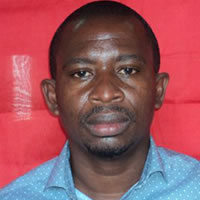
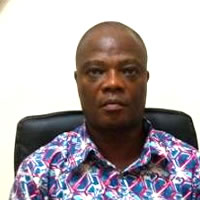



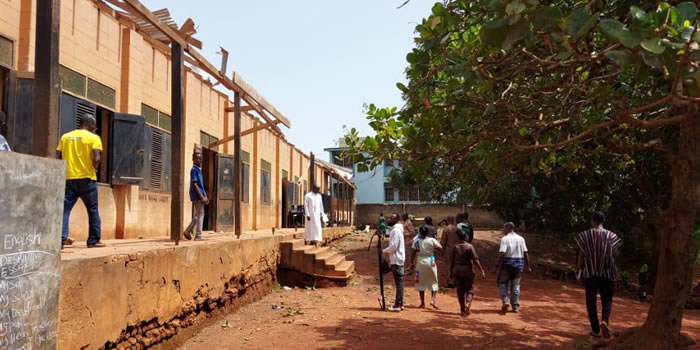
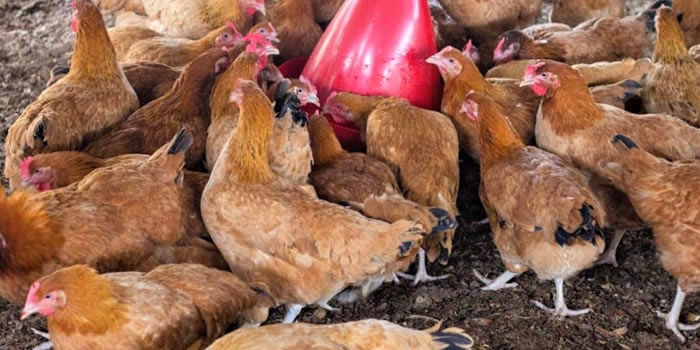
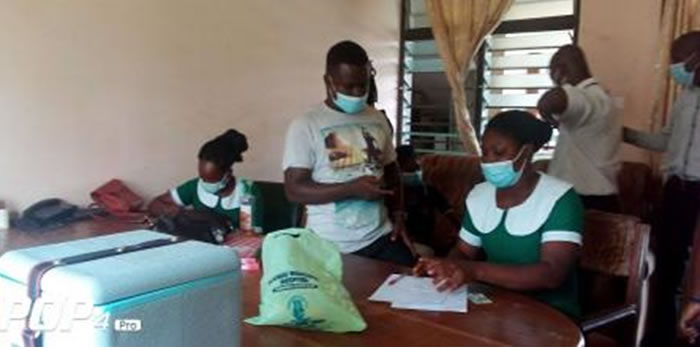
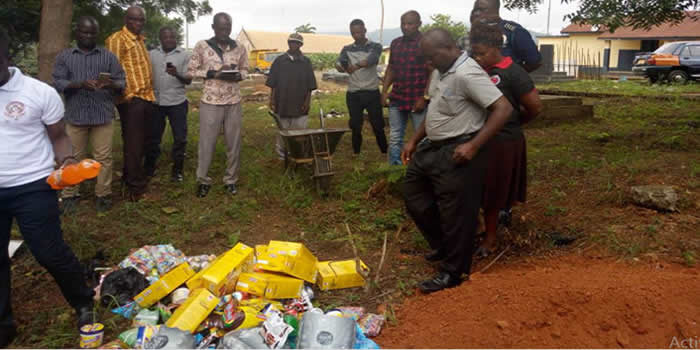


 facebook
facebook
 twitter
twitter
 Youtube
Youtube
 +233 593 831 280
+233 593 831 280 0800 430 430
0800 430 430 GPS: GE-231-4383
GPS: GE-231-4383 info@ghanadistricts.com
info@ghanadistricts.com Box GP1044, Accra, Ghana
Box GP1044, Accra, Ghana